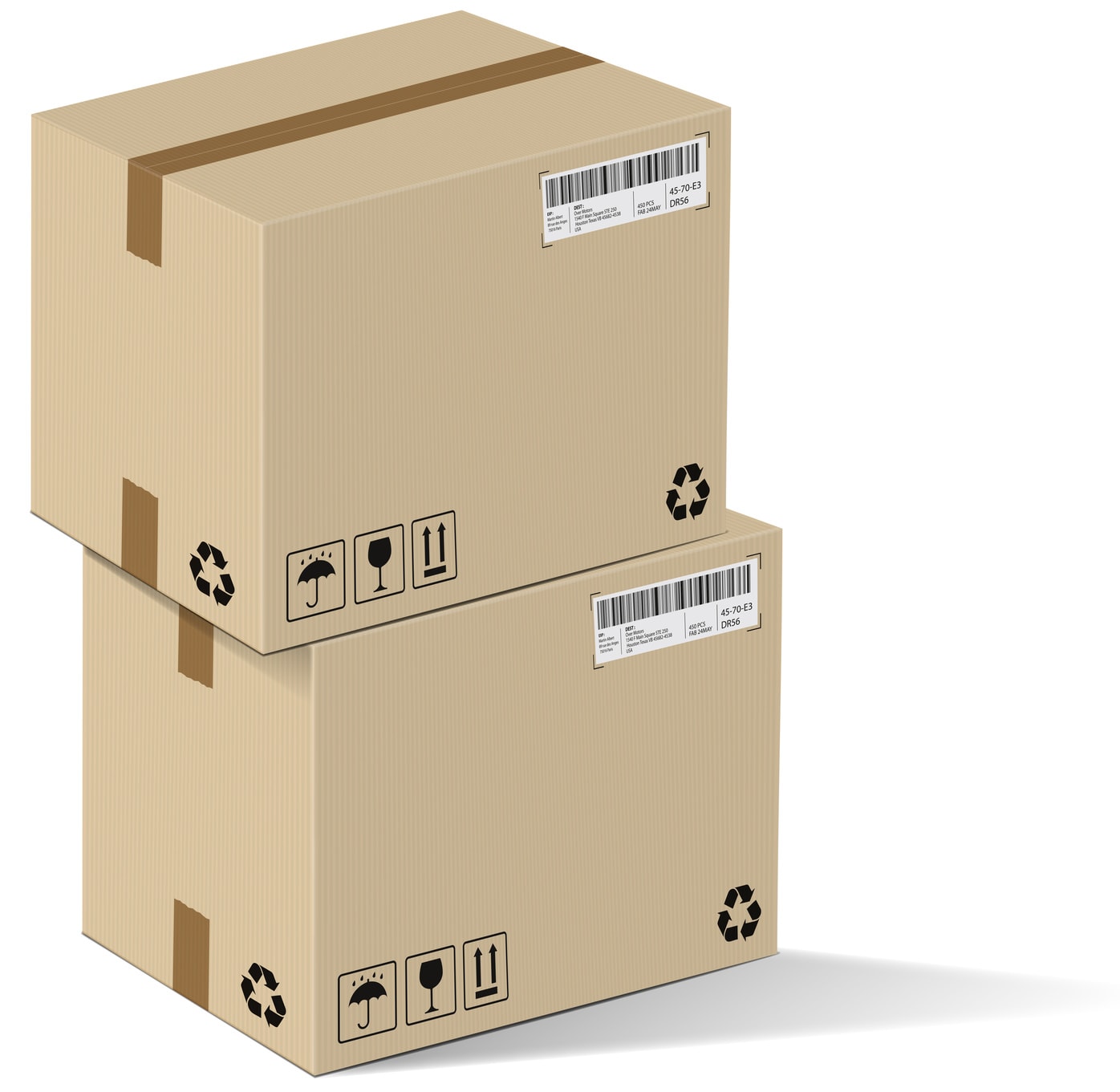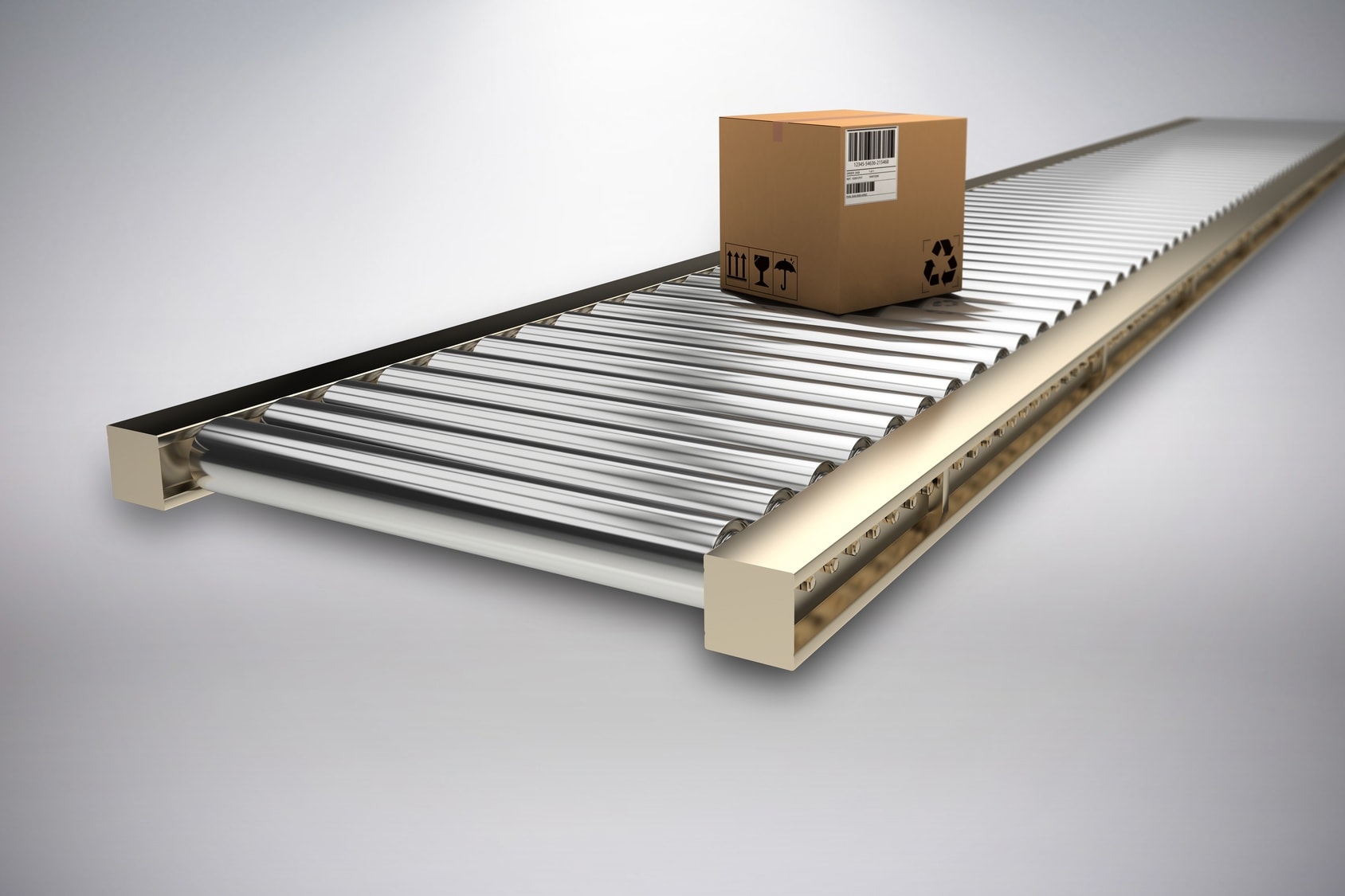One of the final steps in preparing dietary supplements for sale is product packaging (also known as secondary packaging or co-packing). Its purpose is to place individual units into collective packaging that can be sent to warehouses, wholesalers, or directly to the point of sale. By entrusting this process to Tantus, you can be sure of the highest service quality — this means verifiable, guideline-compliant quantities of product per package and appropriate, secure protection for transport.

Packaging into collective units ensures safety for products intended for sale. The outer packaging can be tailored to fit the parameters of the individual products inside. The quality of co-packing remains consistent regardless of the supplement’s form — whether it’s blisters with tablets or capsules, jars, or bottles, they are well protected for transport and storage, and convenient for handling.



Packaging is a final but extremely important stage in the production of dietary supplements. The way it is done significantly impacts the quality and appeal of the final product, whether it is in capsule or tablet form.
This process must take place under sanitary conditions that meet high standards and comply with all regulations regarding the packaging of dietary supplements. It also requires expertise in the nature of the supplements themselves. Tantus has many years of experience in co-packing and delivers high-quality products to its clients. Our production facility is equipped with the appropriate machinery, allowing us to offer co-packing services for many product types and forms, all at the highest level.
Outsourcing supplement packaging to specialists ensures the highest quality and compliance with standards. Professional packaging allows for precise dosing and protection from external factors, which prolongs product shelf life. Experts use advanced equipment suited to different supplement forms. Collaborating with professionals makes it possible to tailor packaging to individual needs, increasing market appeal. It also allows you to focus on other areas of your business, such as marketing and distribution.
The process begins with preparing packaging materials. This is followed by portioning and primary packaging (into blisters, bottles, or sachets). The next step is the co-packing stage, including labeling and grouping products. After quality control, the final step is protective packing to ensure durability and safety.

